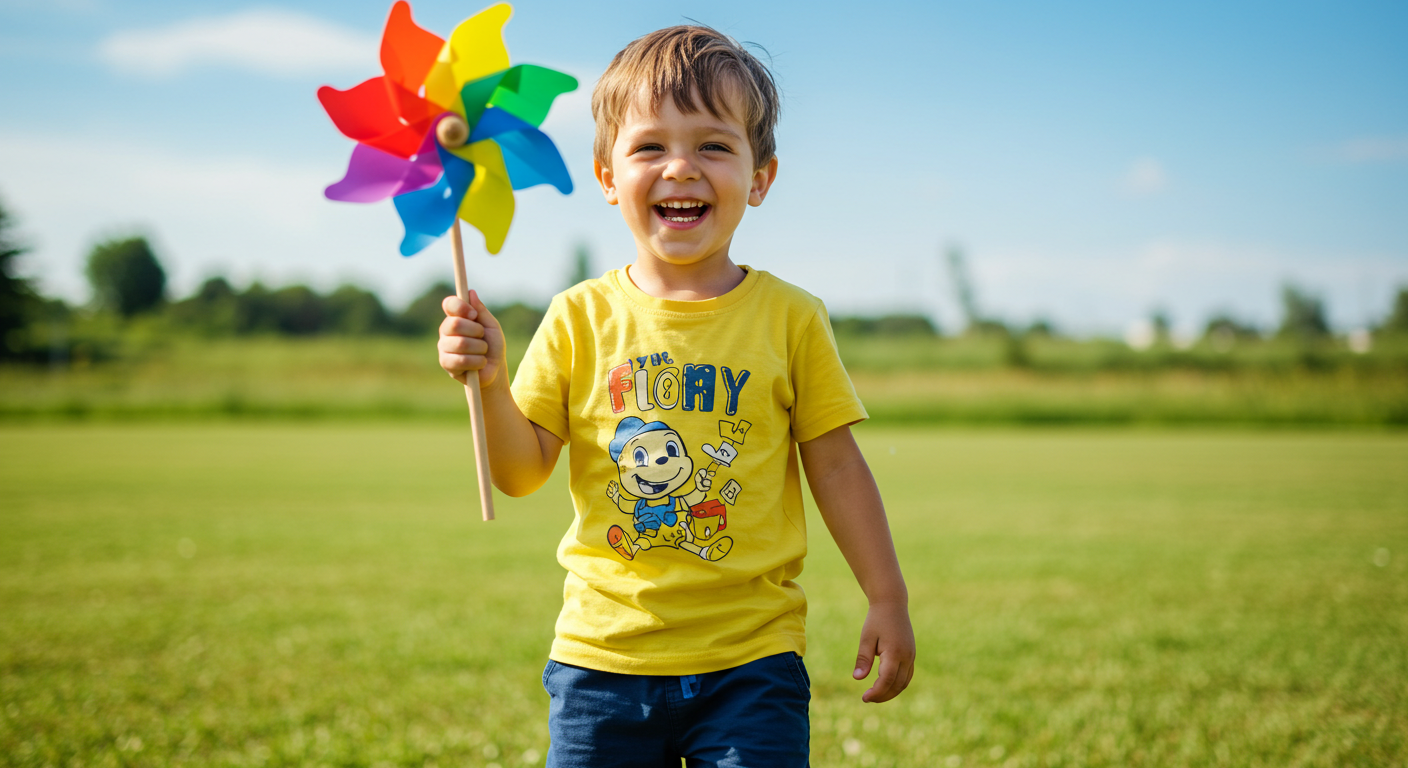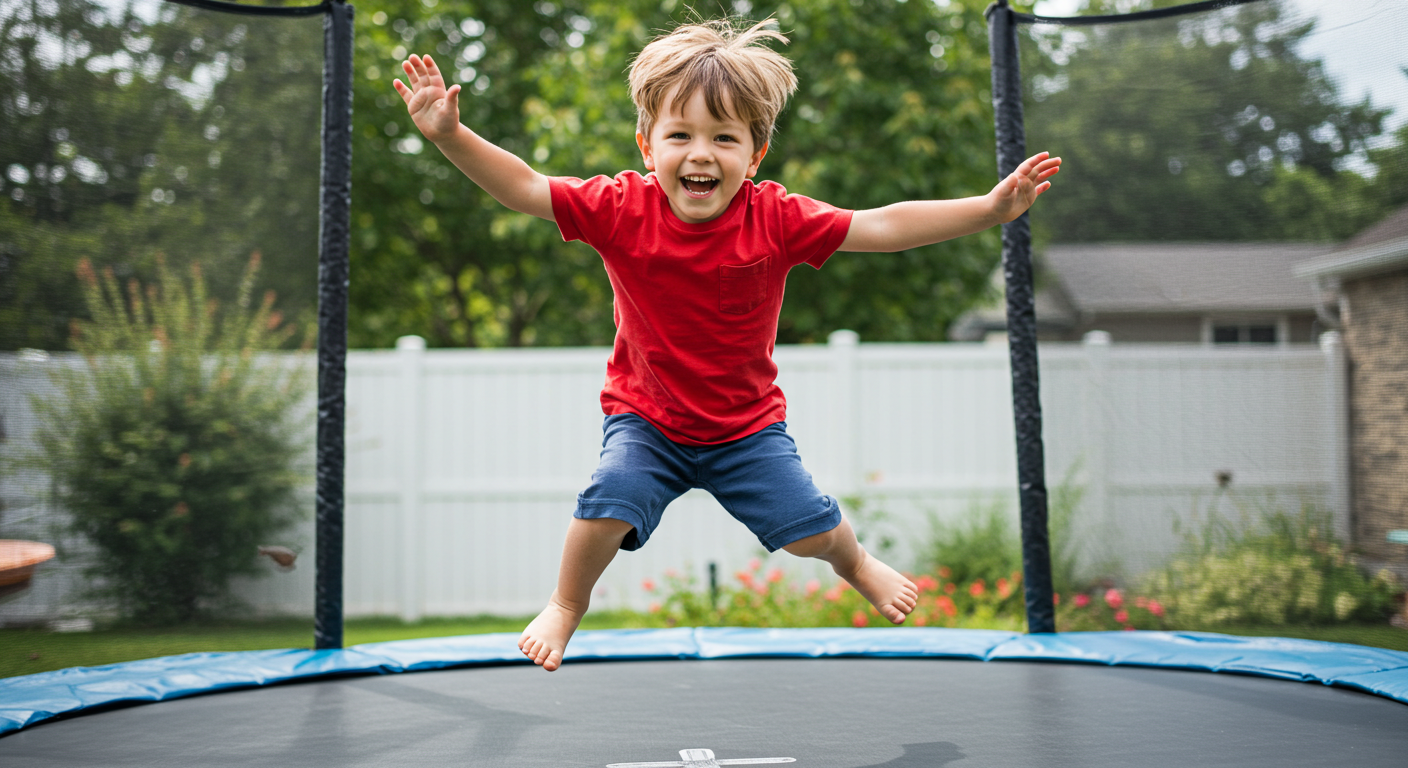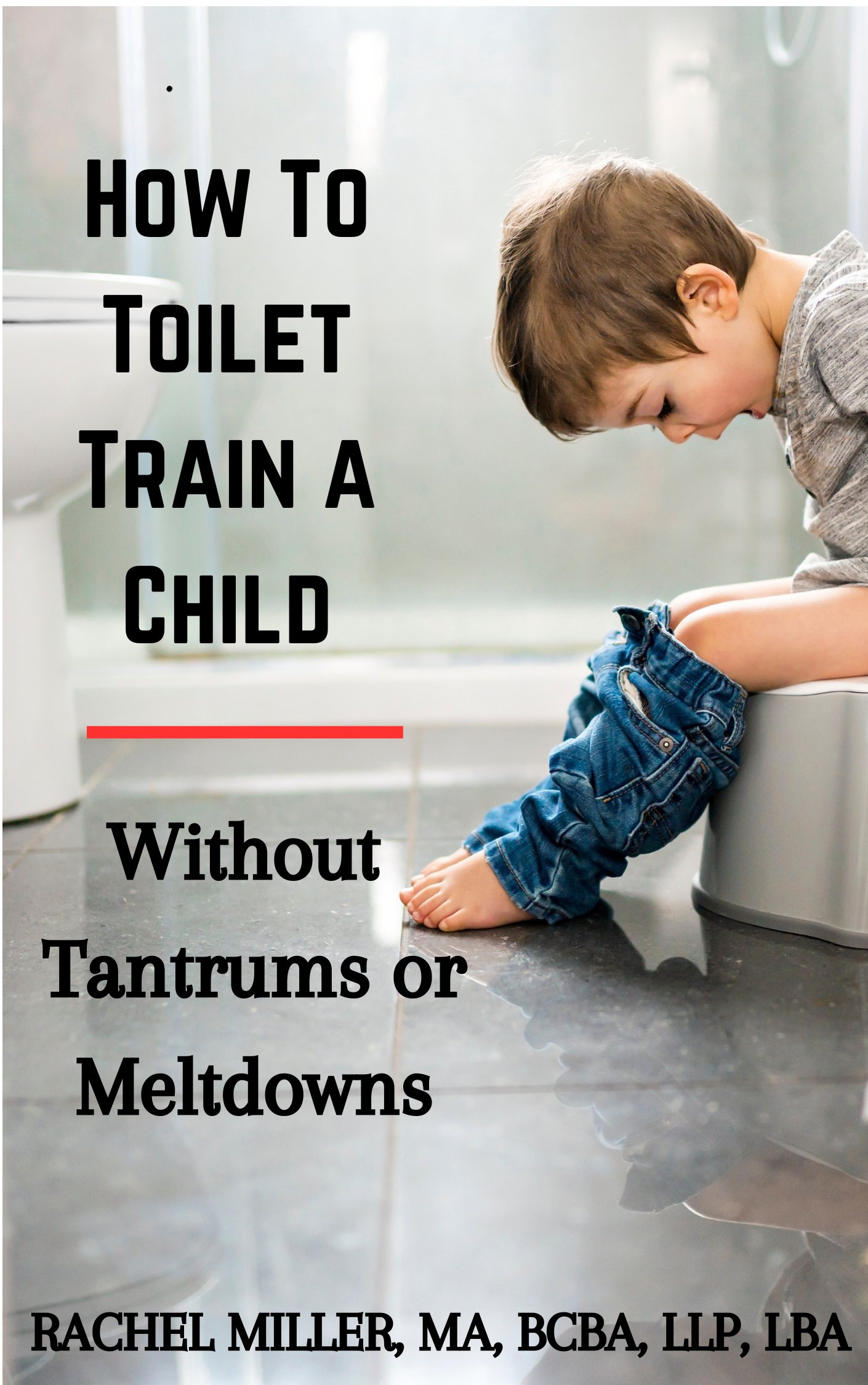Sensory Disorder Symptoms:
A Comprehensive Guide to Understanding SPD in Children

A sensory disorder is a neurological condition that affects the way the brain receives, interprets, and responds to sensory information. While every child processes this input uniquely, those with SPD often struggle to manage everyday stimuli, leading to behavioral, emotional, and physical challenges.
This guide will walk you through the full spectrum of symptoms, including subtype explanations, real-life examples, and potential strategies for early detection and intervention. This website aims to provide parents, caregivers, educators, and health professionals with an accessible and organized overview of the signs, symptoms, and characteristics associated with SPD in children.
What Is a Sensory Disorder?
More accurately called a sensory processing disorder, the term refers to a condition where the nervous system has difficulty receiving and responding to information that comes through the senses. It can affect one or more of the following sensory systems:
- Visual (sight)
- Auditory (sound)
- Tactile (touch)
- Olfactory (smell)
- Gustatory (taste)
- Vestibular (balance and movement)
- Proprioceptive (body position)
- Interoception (internal bodily signals such as hunger, pain, temperature)
Children with a sensory disorder may overreact, underreact, or crave input through sensory seeking in ways that interfere with normal functioning and development. Sensory modulation disorders usually affect children in multiple senses, but may be more noticeable in only one of the body’s senses, such as touch, sound, or sight. It can also cause different reactions in different people depending on how that person’s individual body is interpreting the information.
Key Symptoms of Sensory Disorders in Children

1. Symptoms of Tactile Dysfunction (Touch)
Hypersensitivity to Touch (Tactile Defensiveness):
- Discomfort with tags in clothing, seams, or certain fabric textures
- Resistance to grooming activities such as brushing hair, clipping nails, or taking showers
- Avoids messy play or refuses to engage in touch-based exploration
Hyposensitivity to Touch:
- Craves tactile stimulation—may touch everything in sight
- Unaware of dirt on hands or face
- Shows limited reaction to pain or temperature changes
2. Auditory Processing Dysfunction (Hearing)
- Easily startled by everyday sounds
- Covers ears to block out normal noise (e.g., vacuum, hand dryers)
- Difficulty following verbal instructions
- May seem to ignore people when spoken to
- Enjoys making loud noises or turning the TV volume up excessively
3. Oral Sensory Dysfunction (Taste and Mouth Sensation)
- Picky eater with limited diet variety
- Gags easily or vomits due to certain food textures
- Avoids tooth brushing or visits to the dentist
Oral Sensory Seeking:
- Chews on clothing, pencils, or non-food objects
- Loves strong flavors and spicy foods
- Craves crunchy or chewy textures
4. Olfactory Dysfunction (Smell)
- Overreaction to smells that others tolerate easily (e.g., perfumes, food aromas)
- Refusal to eat certain foods based on smell
- May sniff objects, people, or clothing excessively
- Avoids environments like school cafeterias or public restrooms
5. Visual Input Dysfunction (Sight)
Visual Hypersensitivity:
- Dislikes bright lights or sunny days
- Becomes overwhelmed by cluttered or colorful environments
- Struggles to focus visually in stimulating rooms
- Covers eyes or complains of headaches during screen time
- Likes to play in the dark
- Avoid eye contact
- May get headaches easily after reading, watching TV, or playing on the computer
Visual Hyposensitivity:
- Difficulty distinguishing similar letters, numbers, shapes or colors
- Easily loses place while reading
- Poor visual tracking of moving objects
- Messy handwriting or spatial awareness issues when writing
- nd sizes
Over focused on details with difficulties seeing the bigger picture
• Problems locating important items
• Easily loses place when copying from a book or a chalkboard in class
• Difficulty controlling eye movements to track moving objects
• May show symptoms of dyslexia by reversing words or letters when copying
• Makes statements about seeing double and confuses left and right
• Problems with spacing and size of letters when writing
• Struggles to put together jigsaw puzzles, copy shapes or cut/trace along a line
• Fatigues easily with schoolwork and tends to write at a slant on a page
• Difficulty judging spatial relationships in the environment

6. Vestibular Dysfunction (Balance and Movement)
Vestibular Hypersensitivity:
- Fear of heights, swings, or escalators
- Experiences motion sickness easily
- Avoids climbing or jumping activities
Vestibular Sensory Seeking:
- Loves spinning, jumping, or swinging for long periods
- Frequently rocks or moves body to self-soothe
- Runs in circles or engages in repetitive body movements
7. Proprioceptive Dysfunction (Body Awareness)
- Frequently crashes into furniture, walls, or people
- Uses too much force when writing, playing, or hugging
- Seeks out roughhousing or “heavy work” play
- Has trouble judging distances or the amount of pressure to apply
If you look at these signs and feel your child may have a sensory disorder, contact your pediatrician as soon as possible. Make a list of all the symptoms and ask for him or her to evaluate your child or refer you to a specialist that has experience with this particular disorder.
Click here to find more information on sensory disorder including other types of categories and different treatment options that are currently available.
For more technical and thorough explanations about sensory processing disorder, I highly recommend the following books or products.
What Causes Sensory Disorders?
The exact cause of sensory disorders remains unclear, but they are often linked to neurodevelopmental conditions such as autism spectrum disorder (ASD), ADHD, anxiety disorders, and prematurity. Genetics and environmental factors may also play a role. Importantly, SPD can also appear independently of other diagnoses.
Diagnosing Sensory Disorders
There is no single test to diagnose a sensory processing disorder. Diagnosis usually involves a multidisciplinary approach, including evaluations by:
- Pediatricians
- Occupational Therapists (OTs)
- Developmental Psychologists
Standardized assessments and parent questionnaires are used to evaluate a child’s response to sensory input across different environments.
SPD Treatment and Management Strategies
Occupational therapy is the primary treatment for sensory disorders. Therapists create a sensory diet, a structured plan of physical activities and sensory input tailored to a child’s specific needs. Additional strategies may include:
- Environmental modifications (e.g., noise-canceling headphones, dim lighting)
- Behavioral therapies
- Social-emotional support
- Parental education and training
- Integrated Listening Systems
When to Seek Help
If you notice several of the above sensory disorder symptoms in your child and they are affecting daily life, it’s time to consult a healthcare professional. Early intervention leads to better outcomes.
Make a list of symptoms you observe and provide detailed examples. Bring this information to your pediatrician, who can refer you to a specialist such as an occupational therapist.
Additional Resources
For more information on sensory disorders, including technical definitions, deeper research, and therapeutic tools, we recommend the following resources:
- "The Out-of-Sync Child" by Carol Kranowitz
- "Raising a Sensory Smart Child" by Lindsey Biel and Nancy Peske
- Sensory Savvy Parenting article
- Sensory integration toys and tools available through therapy supply websites
You can also visit national organizations such as the STAR Institute for Sensory Processing Disorder or the American Occupational Therapy Association (AOTA
Final Thoughts
Sensory disorders can significantly affect a child’s learning, socialization, and emotional well-being—but with proper understanding and early intervention, children with SPD can thrive. By recognizing the signs and knowing what steps to take, you can support your child in achieving their full potential.
If you haven't already, be sure to check out my ebooks, now on Amazon!
References
1. Sensory Processing Disorders. Sensory Processing Disorder Checklist. www.sensory-processing-disorders.com. 1-16-10.

